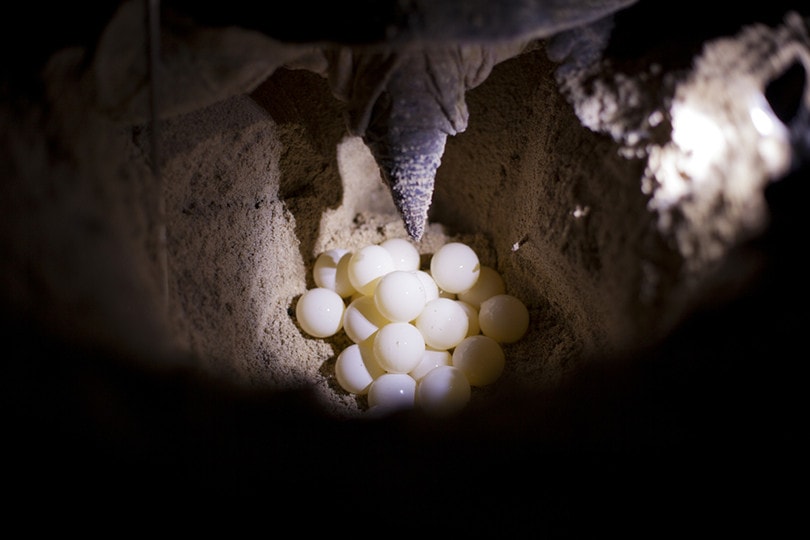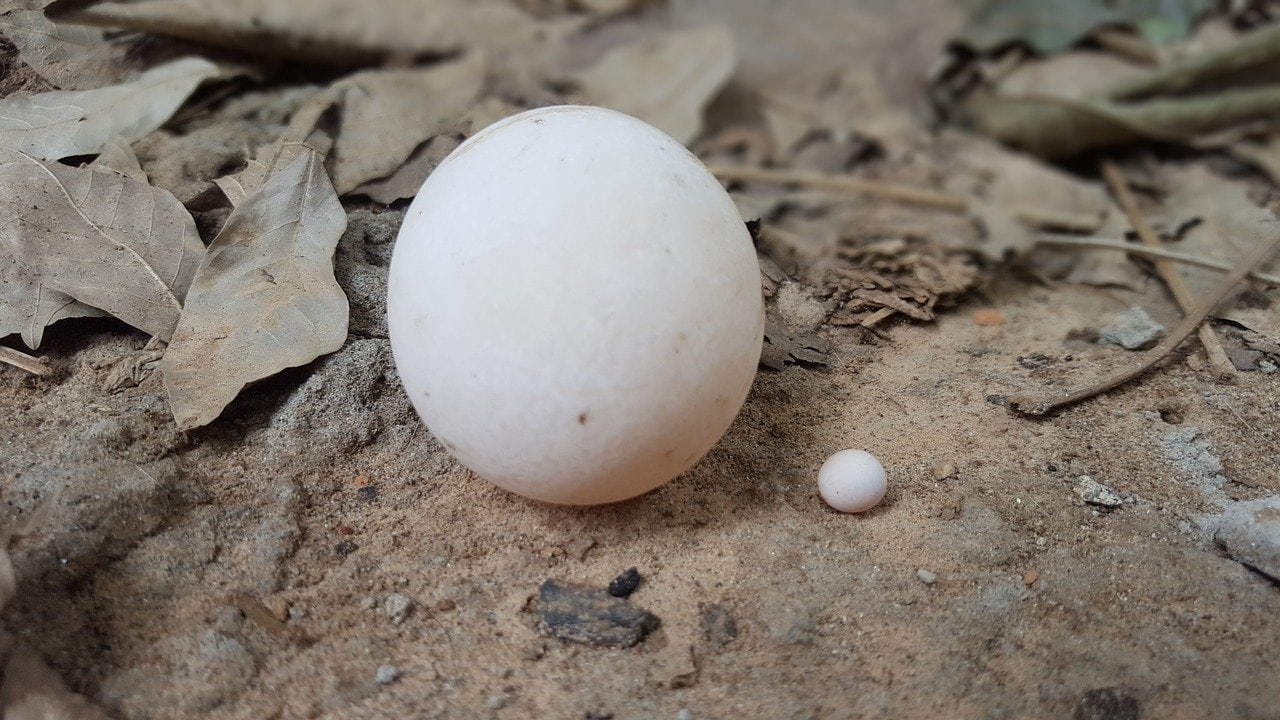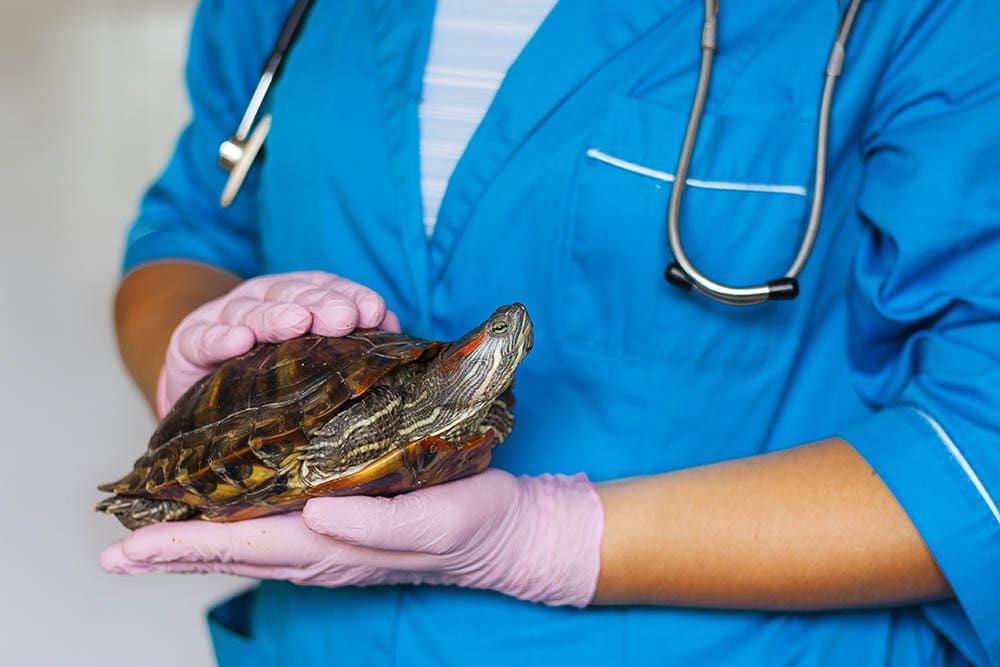
If you’re a turtle enthusiast, you might have found yourself wanting to incubate a few turtle eggs. While it’s not a common hobby, if you’re going to do it, it helps to get as much information about the process before you start. That way, you can ensure you’re giving these turtles the best possible chance of survival, even before they hatch.
Before You Start
It’s essential to understand that this undertaking is a commitment. It can take up to 90 days for the babies to hatch, and you must provide certain conditions to ensure they hatch. You also must consider their care afterward. They’ll need safe living quarters and a high-protein diet to develop and grow before finding them homes. This is not something we would recommend to anyone but experienced turtle owners.
The things you should do until the turtle eggs hatch aren’t necessarily difficult or time-consuming. It mainly involves maintaining the optimal temperature and humidity. This will vary with the species you’re incubating.

Materials
The best way to take care of the eggs is to put them in a reptile incubator. An aquarium with a lighted hood provides a suitable alternative. The rest of the setup depends on whether you have a land turtle or an aquatic species. The materials you’ll need include the following:
The 8 Steps to Hatch Turtle Eggs at Home
1. Prepare the Turtle Nest
Turtle eggs don’t get any special treatment in the wild. The female simply lays them and covers them with sand. You can do the same thing with species from dry climates. For aquatic turtles, you can use the suggested substrates. The eggs must stay stationary once you put them in the nest. You can use the substrate to cradle them. Alternatively, you can use an egg carton cut to size.
2. Set Up the Right Conditions for the Nest
A cup or shallow plate of water will suffice for keeping adequate humidity for the eggs. Wet the substrate in the aquatic setup thoroughly to provide the necessary moisture. Roughly 80% is ideal. Add the thermometer and hygrometer to the tank and put the lid on the tank. Your goal is to keep the temperature around 80℉.
3. Collect the Eggs
When the female lays the eggs, they are soft and have a bluish tinge. They are too fragile at this point to move. Instead, wait a couple of days until the shells become more rigid and white. Carefully brush off the eggs with a soft brush or paper towel.

4. Mark the Eggs
Remember that you’re dealing with live embryos at this stage of the game. Therefore, the eggs must stay in the same position as they were laid. The best way to avoid injuring or even killing them is by marking the shells so that you know which side is up. That’s how you’ll place them in your prepared nest.
5. Wait for the Eggs to Hatch
Like an expectant father, your task now is to wait. Reptiles are ectotherms, so their body temperature is dependent on the ambient temperature of their environment. This trait comes into play again with incubation and highlights the importance of careful nest preparation.
6. Monitor the Temperature & Humidity
Monitor the temperature and humidity of your setup closely. The eggs will hatch in 45–90 days, depending on the species and temperature within your setup. Wild turtles usually fall on the high end of that spectrum due to the cool nights. Captive animals in a setup like yours typically hatch on the low end of the range.

7. Move the Young to a New Enclosure
Hatching is often a multiple-day process, where the baby turtle uses its egg tooth to peck its way out of the shell. Do not be tempted to speed up the process by lending a hand! The hatchlings are fragile at this stage of their young lives, and even delicate handling, or the oils from our skin can affect them. On average, a mere 7% will successfully hatch. It’s worth noting that all the eggs may not hatch at once. Wait about a week to see if the rest make an appearance.
Turtles from dry climates can stay in this enclosure with a change of substrate if you used something other than sand. Aquatic species will need access to water. Remove any shell fragments. You might consider adding a hiding place to help the hatchlings feel secure.
8. Provide the Baby Turtles With a Protein-Rich Diet
Turtles are born with an egg sac attached to the underside. It’ll provide adequate nutrition for the young for about a week. Then, it’s up to you to provide them with a protein-rich diet. Interestingly, many reptiles rely on a carnivorous diet when young to support growth and development, and turtles are no exception. They also need raw materials to strengthen their growing shells. Plan on feeding them daily.
While baby turtles have a high mortality rate, it drops significantly once their shells are fully formed.
Final Thoughts
Hatching turtle eggs can be a rewarding experience, and it gives you a bird’s-eye view of what life is like from a terrapin’s perspective. Proper conditions are essential for ensuring all the eggs you’ve collected hatch. Although the incubation itself is not labor intensive, the preparation and equipment needed to go from fragile eggs to healthy hatchlings is not something to undertake without proper consideration.
Featured Image Credit: Sunset Paper, Shutterstock








